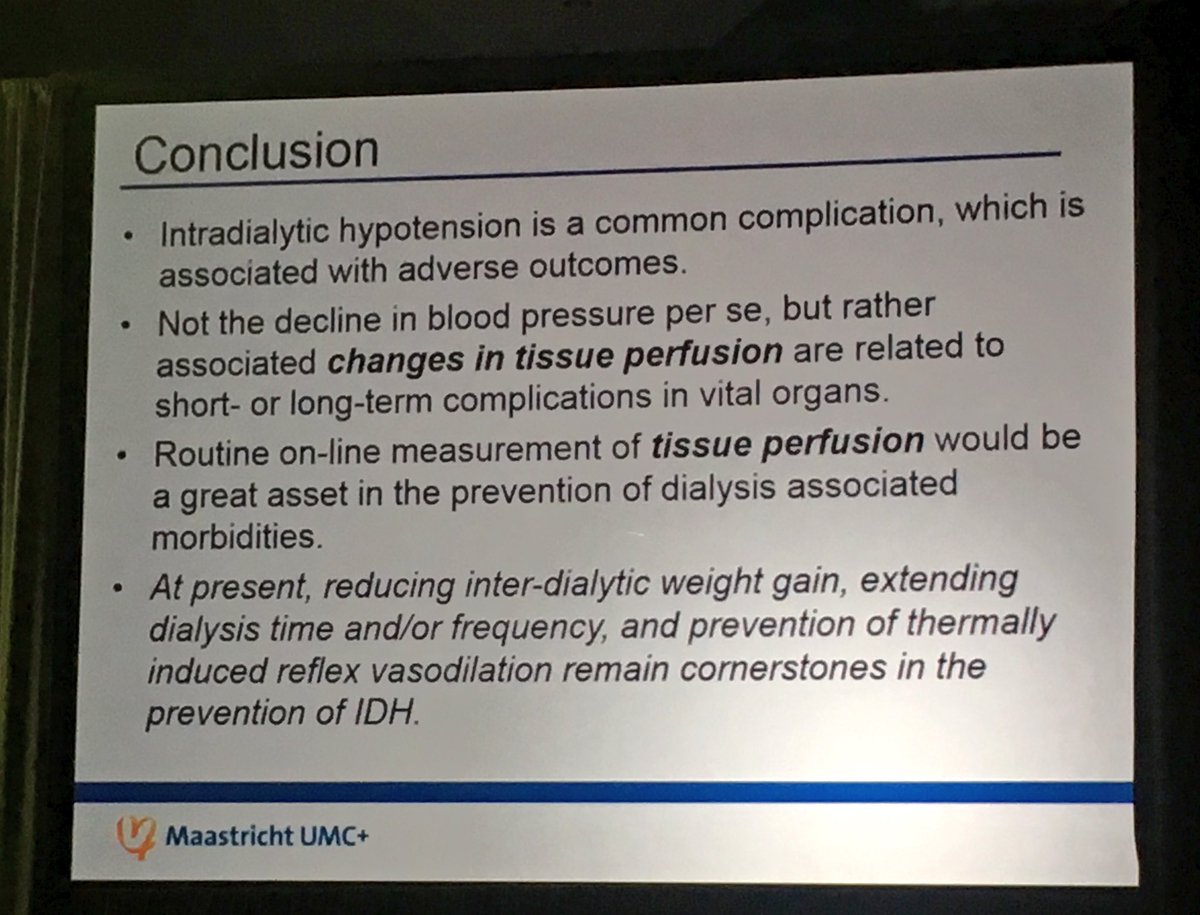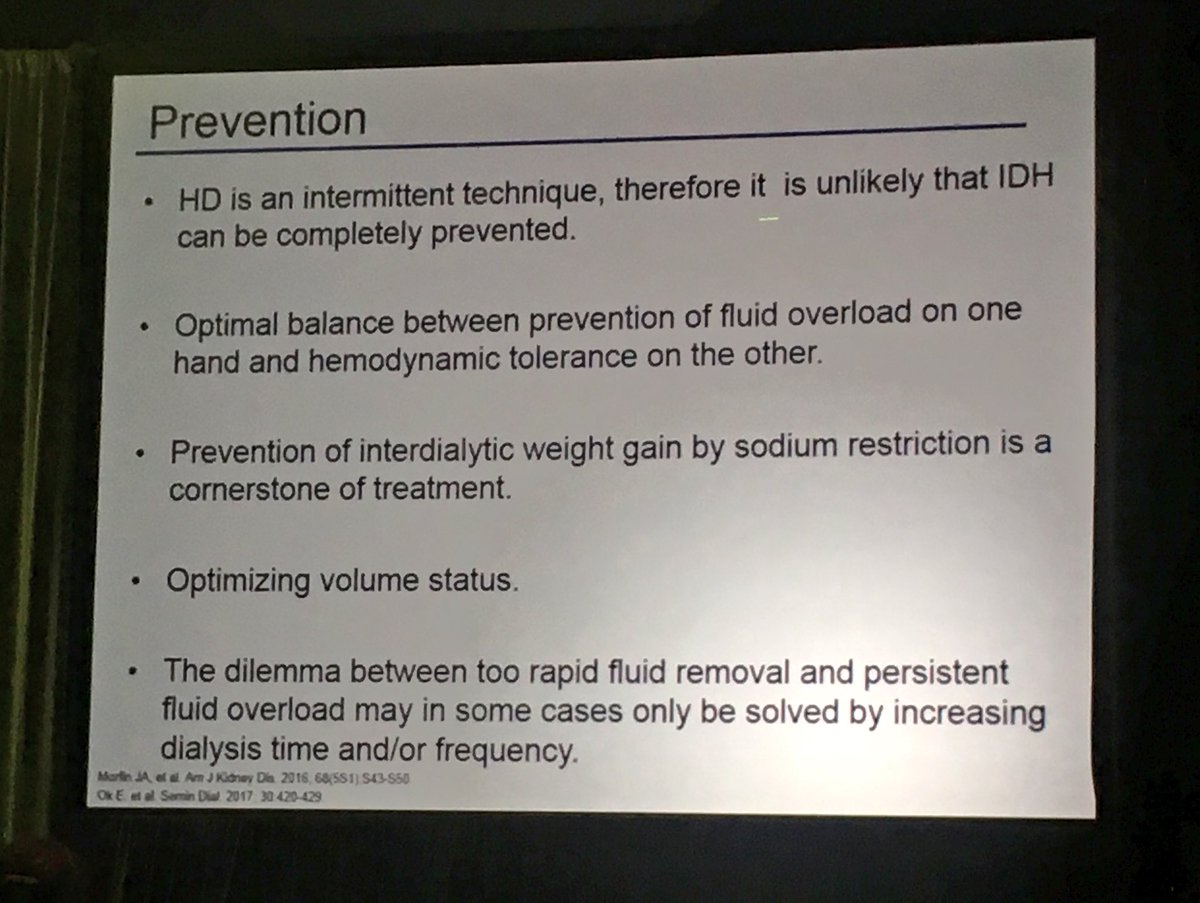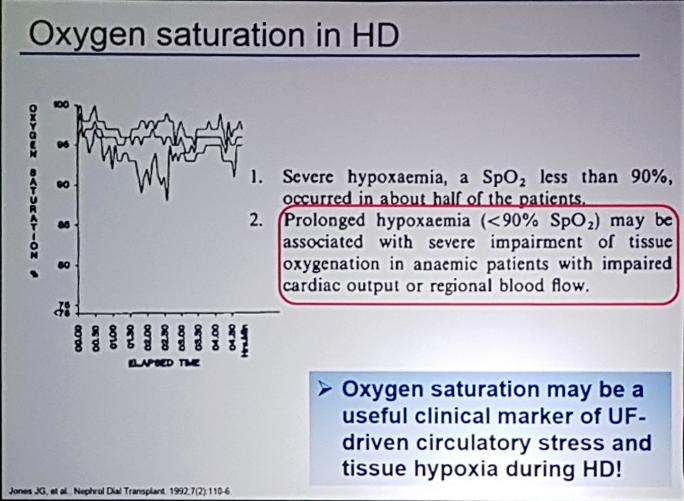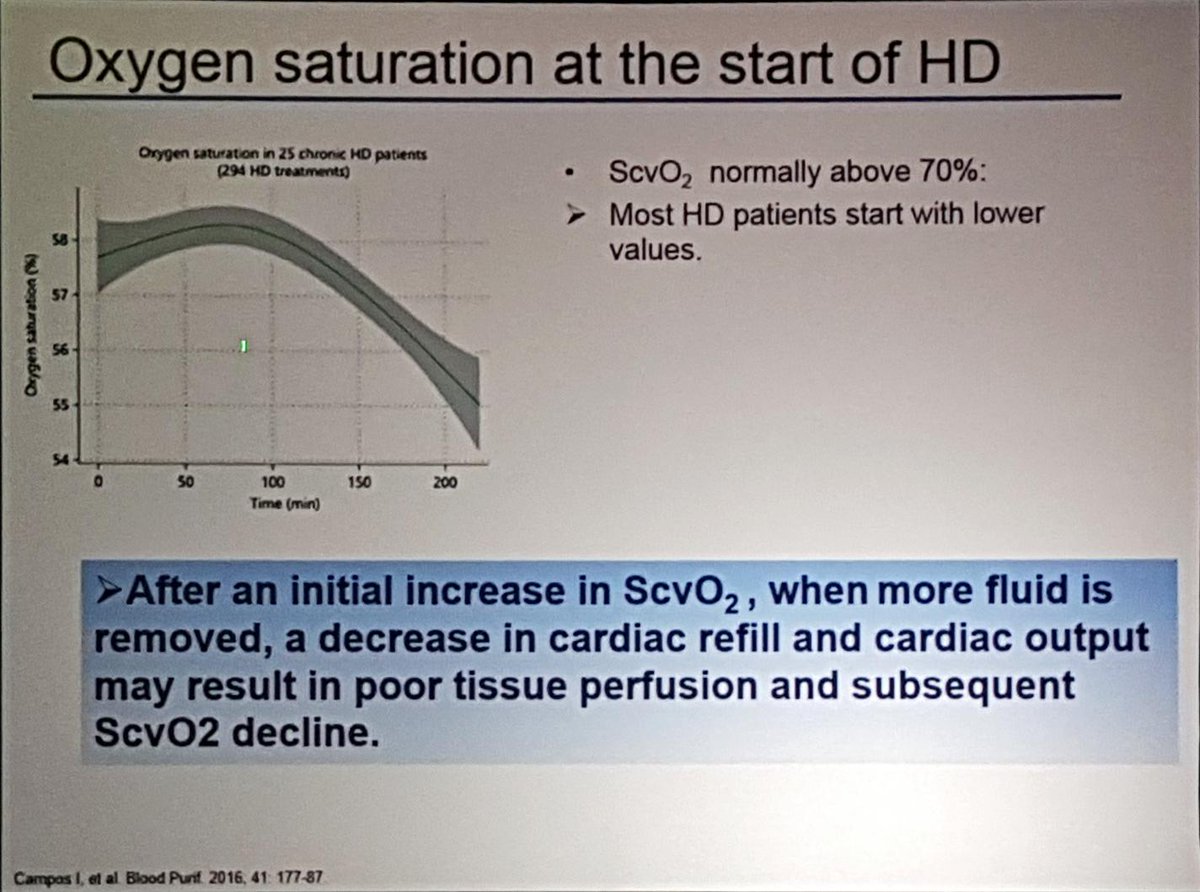
Exposure to Frequent #IntradialyticHypotension Associates with #Dementia
doi.org/10.1016/j.ekir…
UNC Department of Medicine
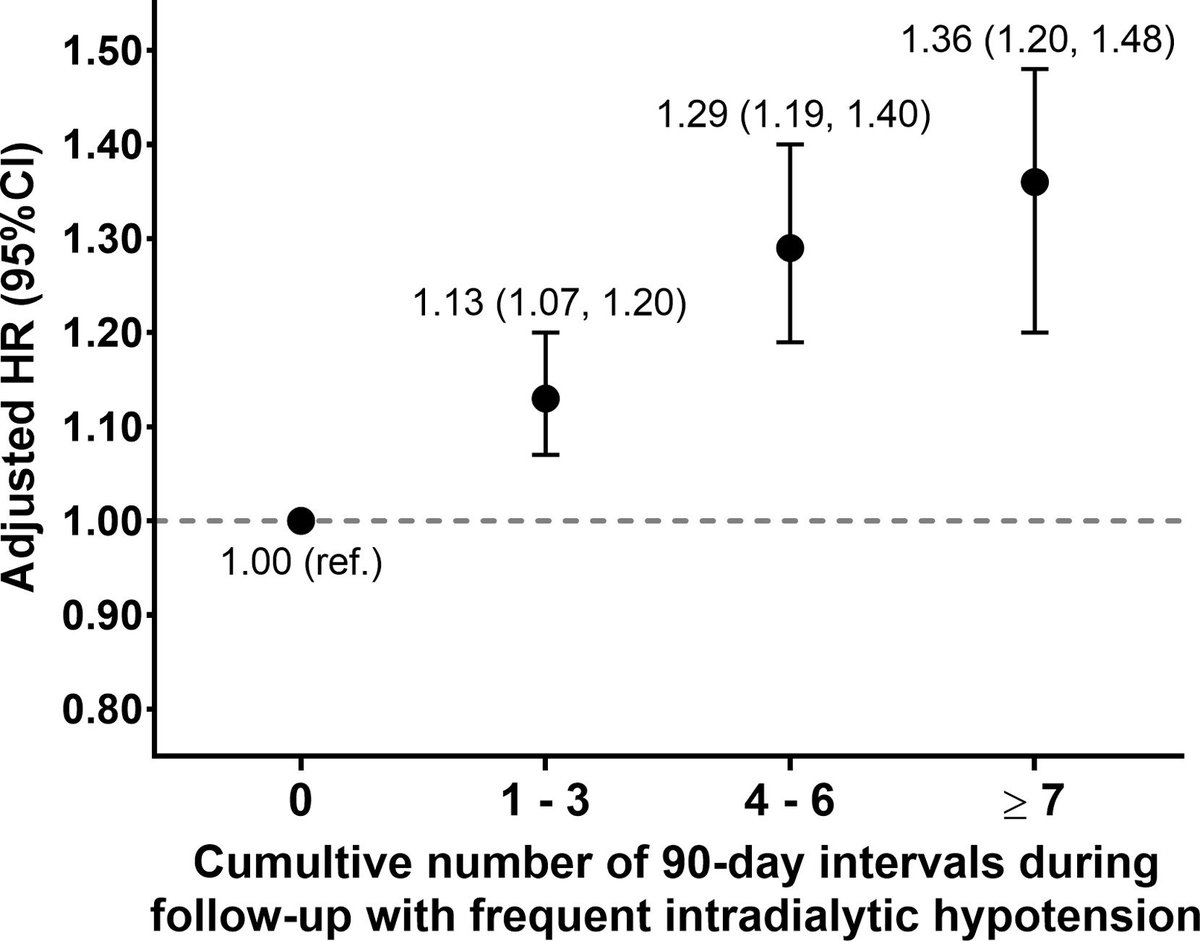

July issue is online! ow.ly/KntK50JMLL3
Several articles #FREE
In the issue #ECLS #PedsECMO #HeartTx #ECMO #BiVAD #ArtificialPlacenta #pedsAKI #PedsICU #Normothermic #EVLP #IntradialyticHypotension #Impella #cardioMEMS #HFrEF #LVAD #BiomedicalEngineering #ArtificialOrgans


Why is Intradialytic Hypotension the Commonest Complication of Outpatient Dialysis Treatments?
doi.org/10.1016/j.ekir…
#IntradialyticHypotension #Dialysis #KIRReview
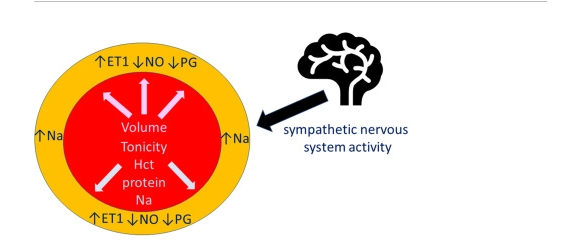


Use of Relative Blood Volume Monitoring to Reduce Intradialytic Hypotension in Hospitalized Patients Receiving #Dialysis
doi.org/10.1016/j.ekir…
#KIRResearchLetter #IntradialyticHypotension
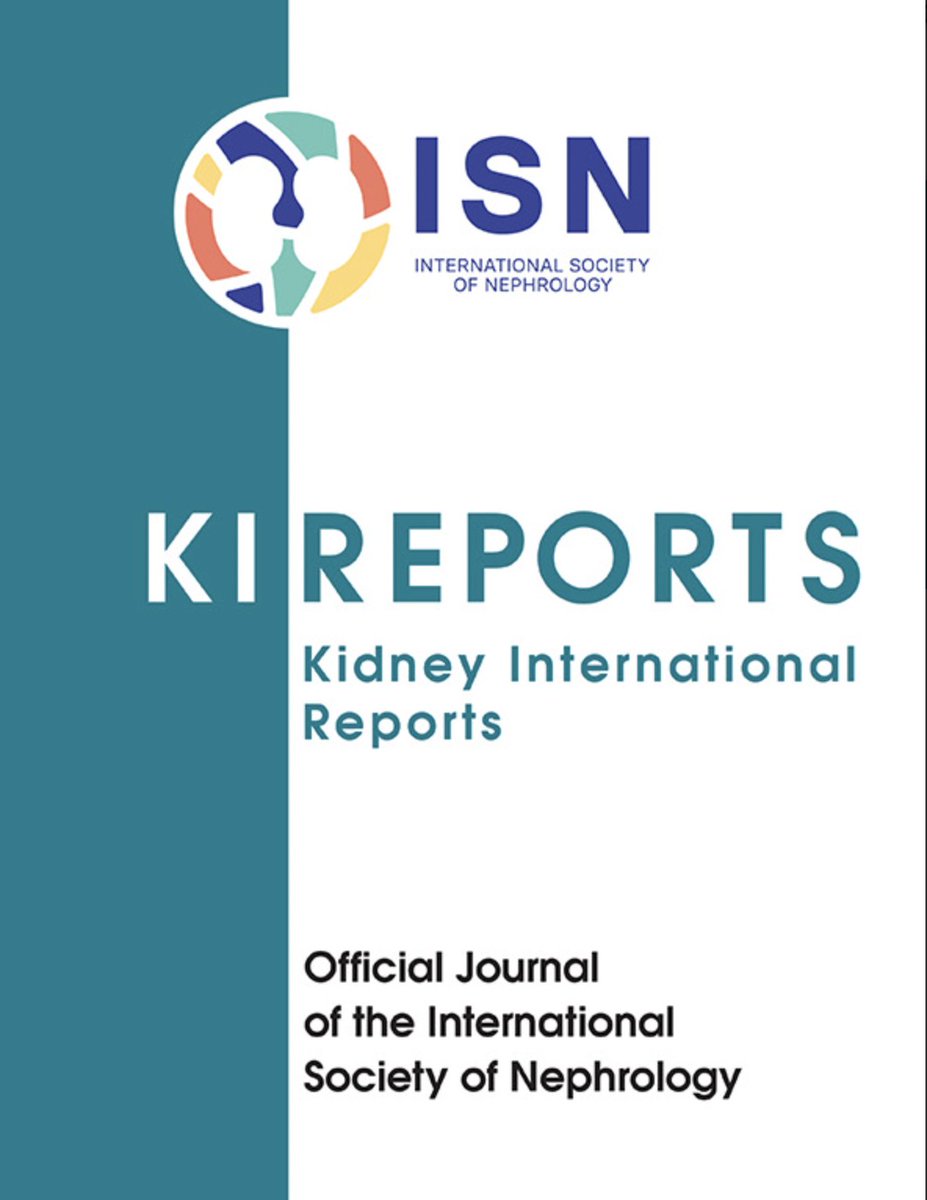


Association of #CalciumChannelBlocker use With #IntraDialyticHypotension in Maintenance #Hemodialysis
#VisualAbstract by @Cteodosiu
kireports.org/article/S2468-…
Armida Lefranc
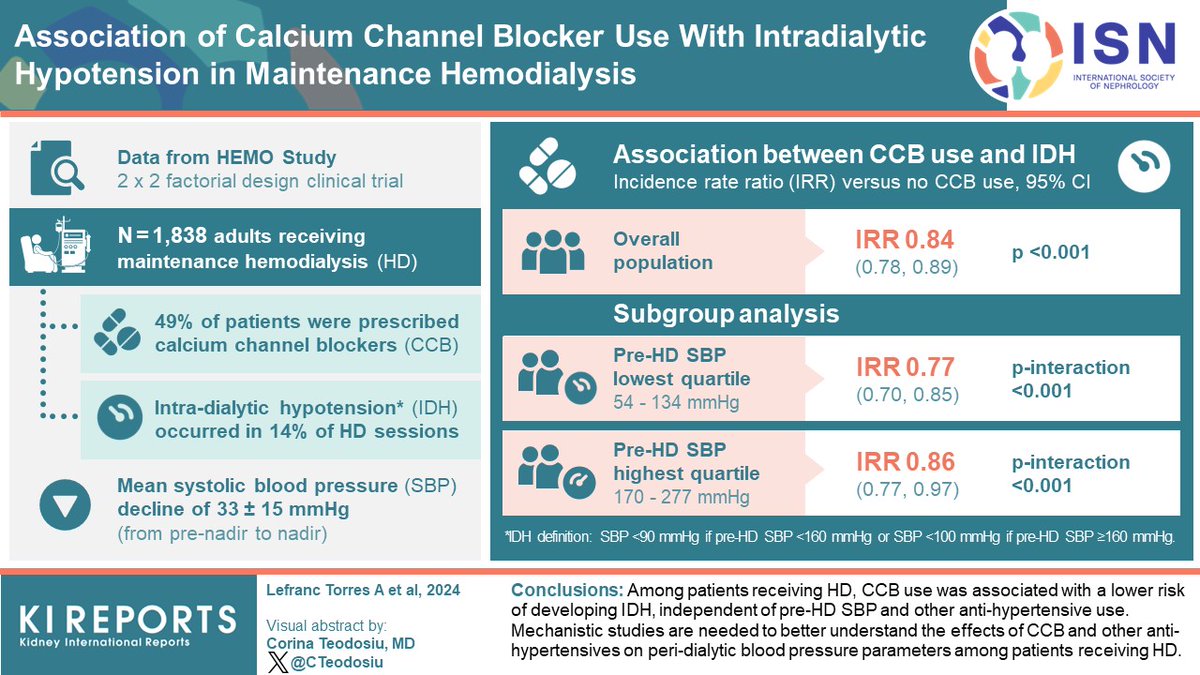

#Intradialytichypotension and objectively measured physical activity among patients on #hemodialysis . Journal of Nephrology
ow.ly/PEz650HG7th
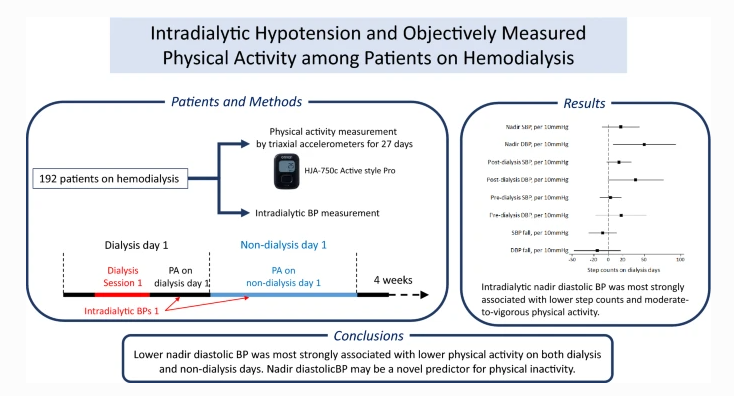

#OnlineFirst Hu D et al Active Circulating Blood Volume During #Hemodialysis : A Bench Model
ow.ly/UTVg50ICXRL
* #ASAIO2021 Top #Renal Abstract*
Outset Medical Transonic Systems
#intradialytichypotension #bloodvolume #kidney #KRT
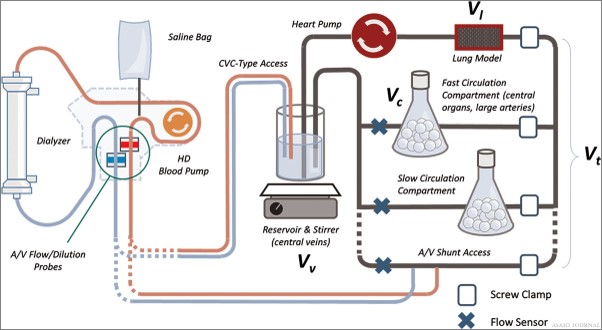


The relationship of #IntradialyticHypotension and acute effects of #Hemodialysis on heart: a 3D #SpeckleTracking #Echocardiographic study
#OnlineFirst 👉bit.ly/3ci0Ggh
Ankara Üniversitesi Ankara Üniversitesi_en 🇹🇷
#3DSTE #Strain
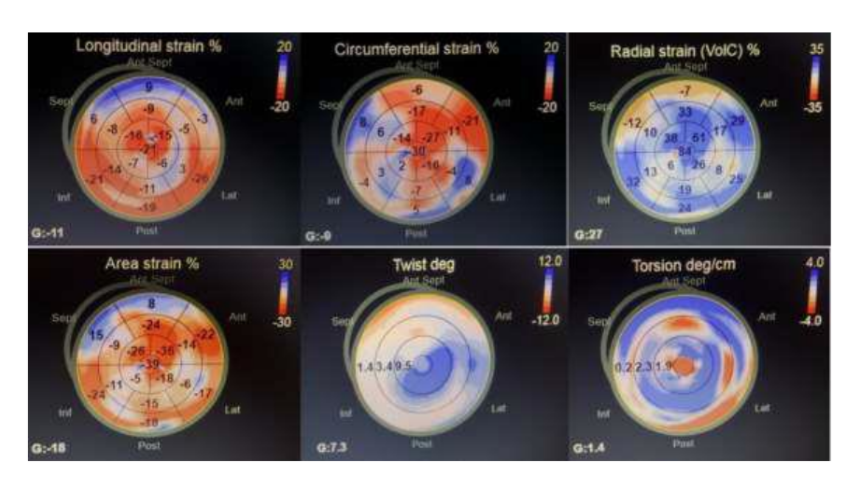

And what will help solve this issue??? BioLogic Fusion 👌🏻 #intradialytichypotension #DialogiQ #BioLogicFusion

KIReports Corina Teodosiu 🕊️ 🇺🇦 Armida Lefranc Intriguing visual abstract from KIReports showcasing the association between #CalciumChannelBlocker use and #IntraDialyticHypotension in #Hemodialysis patients. It's crucial to understand these correlations to improve patient management strategies. For a deeper dive into similar…

Bradykinin B2 receptor blocker may prevent the occurrence of IDH. #IntradialyticHypotension
bit.ly/42Utx1Q
#dialysis #NephTwitter

Albumin infusion during dialysis
prevents hypotension in hypoalbuminemic patients: Study #journalCriticalCare #intradialytichypotension #hemodialysis #albumin #hypoalbuminemia medicaldialogues.in/critical-care/…


Sandhya Suresh BeanQueen Gaddy I would look at it differently. Most of our patients tolerate cold (35.5C) dialysis easily when applied for IDH(IntraDialyticHypotension).
In fact, the complaints are very low.
We use tympanic 🌡️ to guide us, and their core 🌡️ is frequently lower than 36.5C to start #NephJC

